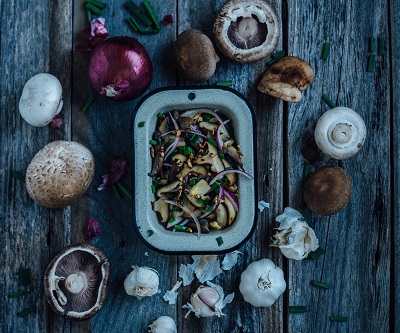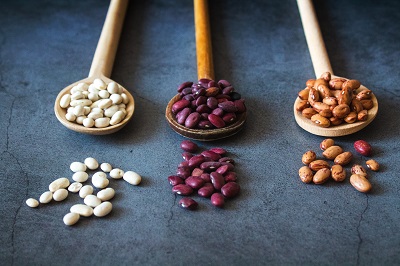Podcast Episode 14 – Immunity – The Second ‘B’ and the ‘S’ in G-BOMBS
‘B’ is for berries and ‘S’ is for seeds/nuts in the acronym G-BOMBS. Today we wrap up the G-BOMBS Series. We talk about our favorite seeds, nuts, and berries and share ideas about how you can incorporate these foods into your diet. Stay tuned for our challenge at the very end. G-BOMBS defined: G = […]
Continue Reading

